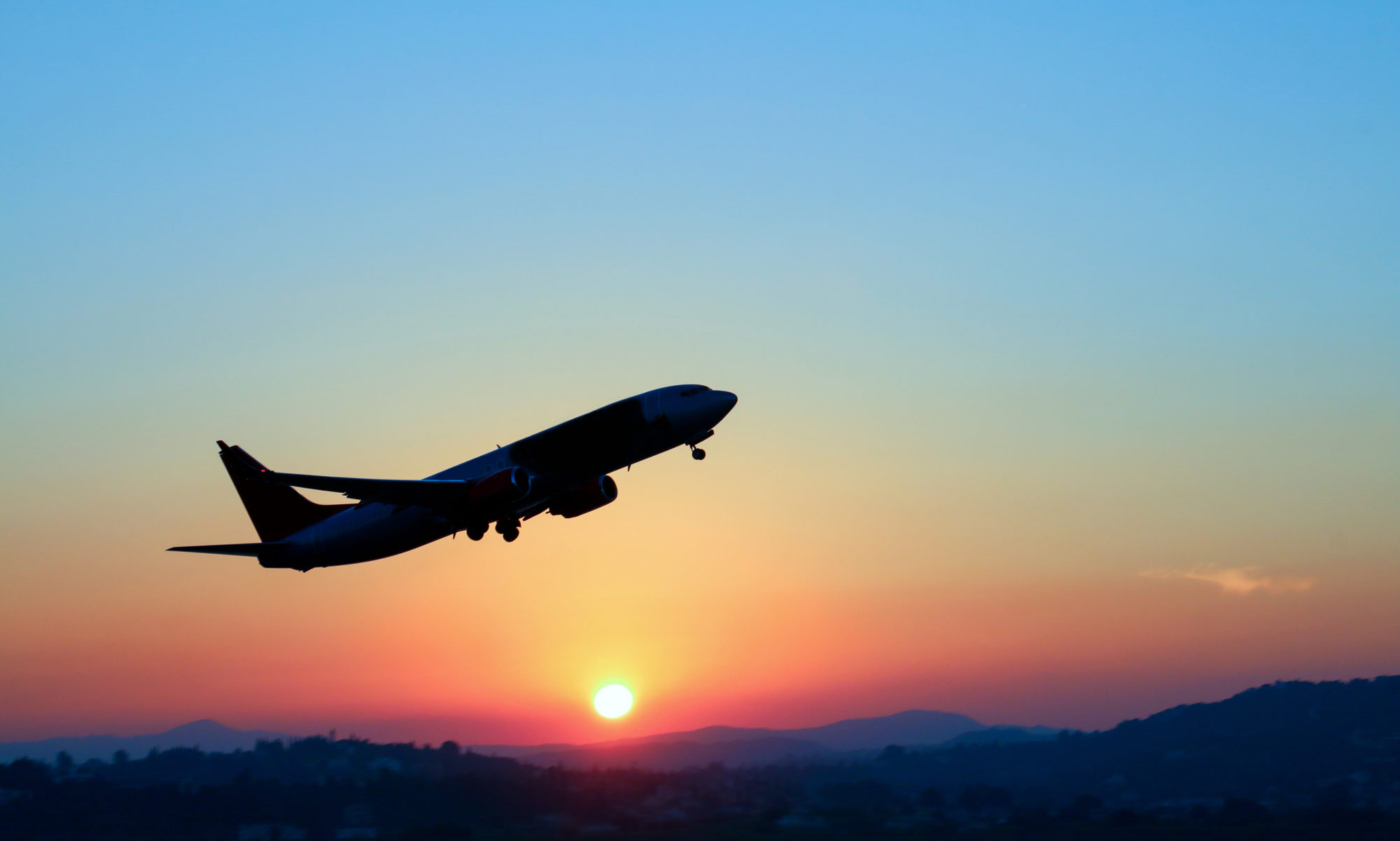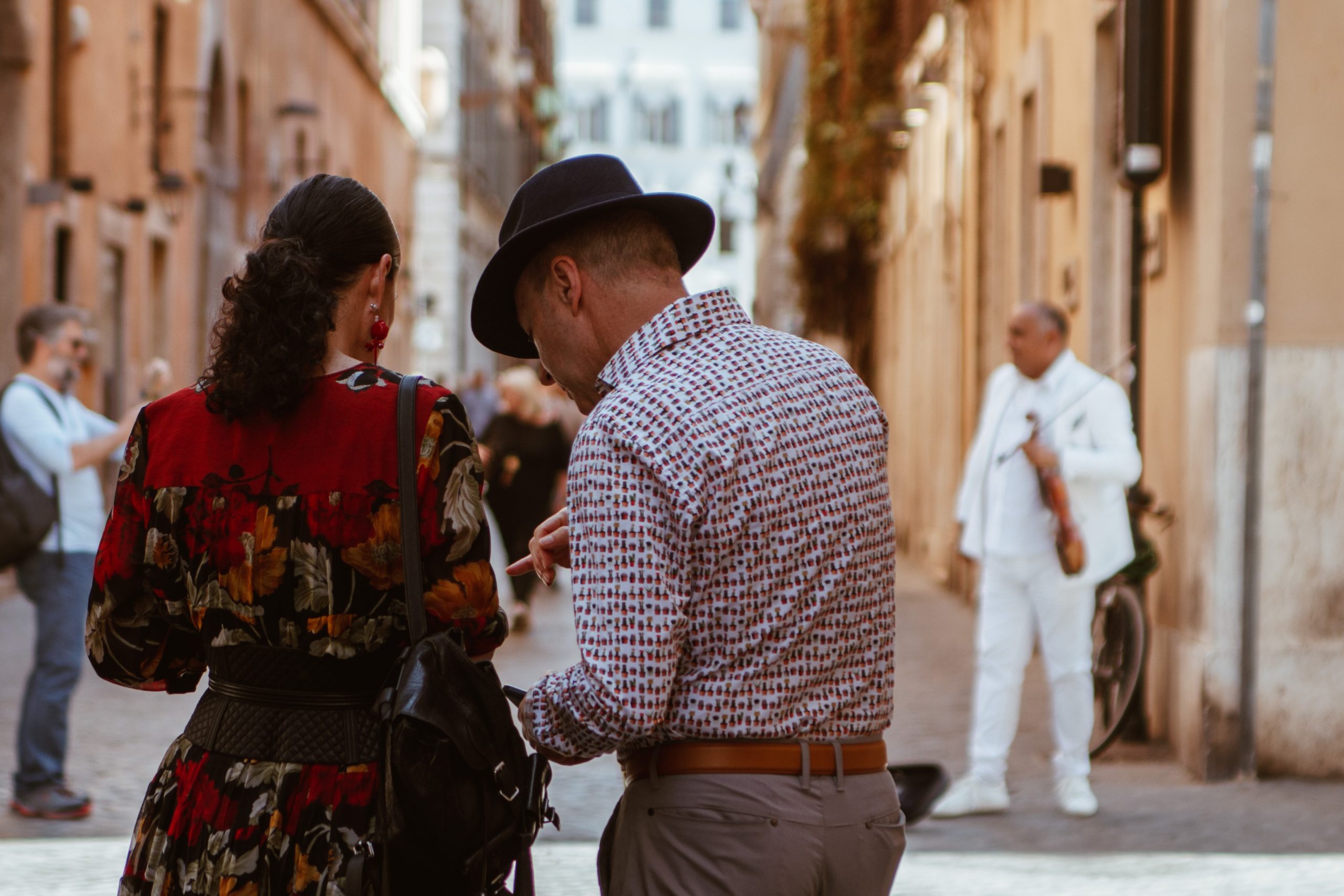Though the Canadian government continues to warn against all international travel because of ongoing COVID-19 prevalence, the US State Department has begun easing its warnings for most countries down to Level 3 (Reconsider travel) from the highest Level 4 (Do not travel). Canada is now listed in the Level 3 range even though the border with the US remains shut to non-essential travel. Still on the US “Do Not Travel” list are such major destinations as Mexico, Russia, China, Brazil, India, Egypt, and several countries in the Middle East, Africa, and Asia.
However, despite the warning level easing for outbound travel, there are still some European countries that do not allow Americans entry for leisure purposes, or that at least demand certain health checks or other clearance conditions. Canadians, however, are welcome in more countries—even though your government would prefer you to stay home.
How do you plan ahead?
So how do you plan your winter break? In effect, it’s a crapshoot. You can fly from Calgary to Las Vegas without incident, but getting into your car and driving down to Nevada may be a little more intimidating. If you’re looking for a simple, easy-to-follow formula as to who can travel, where and when, you won’t find it. So if you really are determined to get to your niece’s wedding in Italy or California this fall or winter—don’t give up. Do your research first by checking the host country’s official travel website and see how the details apply to you as a Canadian citizen traveller. In most cases, Canadians will be welcome, but you may have to jump through a few hoops first.
See what documentation you need—evidence of a recent COVID test? Proof of travel insurance? More and more countries are demanding such evidence. Make sure your other travel documents are also in order (e.g., passport, visa if necessary, planned itinerary, and evidence of ability to pay your travel expenses).
The Canadian government can’t keep you from travelling out of the country. But it doesn’t have to help you get back if you run into problems it warned you against. So be prepared and make sure your credit card has plenty of “room” on it in case you run into delays or detours. Canadian consulates are not ATMs.
Lower your expectations
And once you’re at your destination, don’t expect the same environment you experienced last time you were there. For Canadians and Americans, the Caribbean is a very welcoming place. But expect some unpleasant restrictions. For example, the Jamaican government has just re-imposed a “stay in place” rule that requires hotel guests to remain on their specified property while in the country. No moving from place to place, no sightseeing, no dining out. It lifted such a rule just a few weeks ago but clamped back down as its COVID numbers started to surge here and there—much to the dismay of the hotel industry.
You can expect similar day-to-day exigencies throughout the fall, maybe longer, anywhere in the Caribbean.
Whatever your travel plans this winter, remain agile. Keep your reservations as restriction-free as possible. Keep your deposits as low as you can. Insist on full refunds with no—or very few—restrictions: from your airline, your host resort, your cruise ship, any entity you have paid with cash or credit card. And if you’re counting on your travel insurance to protect you in case you change your mind at the last minute and decide to cancel, read the fine print and talk to your travel advisor so you know the coverage exclusions as well as the benefits. Even though you might buy a “Cancel for any Reason” plan, don’t expect to get 100 per cent of your deposits back if you do cancel. And the closer your cancellation is to your date of departure, the lower your rebate. Know what you’re buying.
Don’t stifle your dreams of travel. Just put more effort into preparations.
© Copyright 2020 Milan Korcok. All rights reserved.

